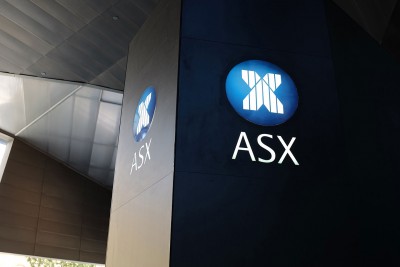Weekly market update
Written and accurate as at: May 08, 2018 Current Stats & Facts

Again for the local market lasy week extended the surge from early April which has seen the index recoup its year-to-date losses. This reinforces our view that still-abundant liquidity, a lack of alternatives, and reasonable earnings growth are providing support for the equity market despite the increase in volatility. Last week’s strength was broad based, with Financials, Metals & Mining and listed property all advancing.
There was little on the macro side to shift markets. Bond yields remained stable, as did the price of key commodities such as oil and iron ore, while the AUD also remained steady against the USD. Conversely, there was plenty of news on the stock side from management updates at the Macquarie Australia Conference. There were some aggressive stock moves post-presentations, particularly among some of the small cap names. We think that some of these are vulnerable to a reversal in coming weeks, as it feels like the market has been pushed towards the upper limit of it range and we wouldn’t be surprised by a consolidation.
JB Hi-Fi (JBH, -7.9%) downgraded full year guidance due to weaker gross margins on white goods at Good Guys. Some have been quick to jump on the downgrade as signs of Amazon-induced stress – and JBH is among the most-shorted stocks on the exchange at the moment. However, the downgrade was driven by a case of old-fashion competitive pressure from Harvey Norman (HVN, -2.8%), which has taken advantage of the fact that long-term buying contracts at Good Guys limit its flexibility to recoup price discounts from their suppliers. Good Guys represents about 20% of JBH’s value and the ~8% fall may be considered an over-reaction driven by broader fears about the effect of Amazon. The core JBH business continues to perform well, delivering sales growth on top of what was already a very strong previous year.
Packaging company Amcor (AMC, -3.2%) also issued a relatively small and well-anticipated downgrade due largely to the timing effect of an increase in the cost of key inputs such as plastic (driven by the oil price), aluminium and inks. The stock’s muted reaction suggests the fact that this was largely expected. Several other strong performers from recent weeks including Metcash (MTS, -2.8%) gave back some gains, while persistently dry weather in key wheat belts dragged on Graincorp (GNC, -7.7%).
Annuity provider Challenger Financial (CGF, +12.2%) rose on the back of their conference update, where management reiterated their view than margins will hold up better than the market is expecting. Medibank Private (MPL, +5.5%) was also well-supported following their update, however the market may be underestimating the risk to MPL’s long-term forecasts from the price caps on private insurance that Labor has mooted should they gain government in the next election.
Qantas (QAN, +10.9%) delivered a well-received quarterly update which saw full year guidance maintained, but which implies a material advance on consensus expectations. Demand continues to grow faster than capacity in the domestic market – and now also in international – which is supporting higher seat yields.
Fairfax Media (FXJ, +6.3%) and Nine Entertainment (NEC, +3.8%) did well as the latter’s management highlighted that traditional media are enjoying a revival in terms of advertising demand. This is partly driven by better programming for free-to-air TV and also by the view that they are better suited for the uptick in broad-based brand improvement/repair campaigns we are seeing today, rather than the more targeted approach of digital media.
Elsewhere Sirtex Medical (SRX, +5.8%) caught a surprise counter-offer to Varian’s existing bid from a Chinese-based asset manager. Fortescue Metals (FMG, +5.8%) also bounced from its recent slide on the view that the discount for its lower-grade ore may have reached its nadir.
We also saw half-yearly results from National Australia Bank (NAB) and ANZ (ANZ), which were broadly in line with market expectations. We still see ANZ’s greater focus on cost control – where they are guiding towards flat cost growth versus mid-single digit for its peers – as the key differentiator in an environment of muted revenue growth.










